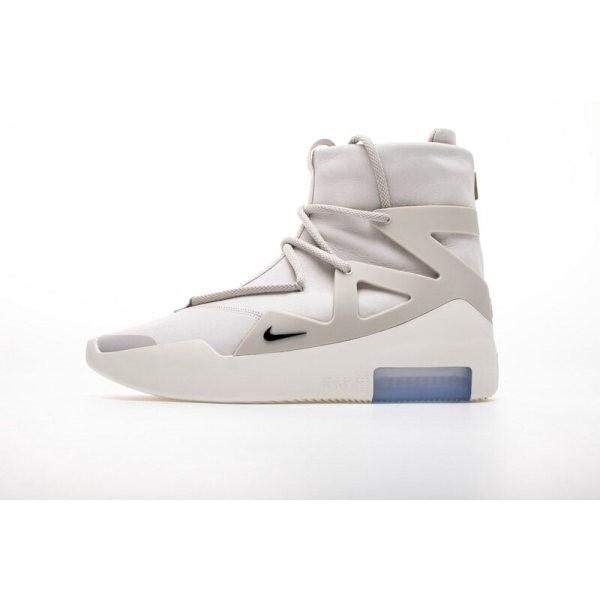The fake Sneakers for sale business is notorious for its magnitude, it is difficult to monitor and shut down.
There is a network of illicit activity designed to sell fake shoes to customers all over the globe, from the producers of the fakes through their distributors and dealers.
There are several inquiries to be made about cheap Fake Sneakers.
How can I determine if my brand-new shoes are authentic or fake?
Does wearing phony training shoes affect how I perform?
Where can I get fake shoes?
Are they being offered as replicas or real goods?
What level of quality are the imitations?
Other, more general queries also exist.
Where are the counterfeit shoes made?
Is there a connection between manufacturing and organized crime?
The desire for real footwear is reflected in the demand for knockoffs. Some brands are often imitated. Amazon and Italian Valentino recently joined up to launch a lawsuit against a seller for replicating one of Valentino's well-known designs and selling the shoes on Amazon in an attempt to combat fake Sneakers.
Other initiatives include legislation, such as Nike Inc. and 3M's backing of legislation that would allow U.S. customs officials to detain items suspected of violating patented design rights, just as they may seize goods that violate copyright and trademark rights.
The extent of the issue with cheap Fake Sneakers
Data from 2013 to 2016 was used in an OECD analysis that was published last year to reveal that footwear was the top counterfeited product category in terms of seizures of fake and pirated items. The U.S. Customs and Border Protection (CBP) has captured many shipments of fake shoes so far in 2019.
In October 2019, Customs and Border Protection confiscated a consignment of bogus shoes valued at an estimated $2.2 million. 14,806 phony Nike sneaker pairs were included in the consignment from China that came in a container. According to the records, it was carrying "napkins." Although this is a significant bust, the problem's scope is far worse.
For instance, a 2018 investigation turned about 300,000 fake Sneakers sale that was brought into the country illegally.
Who desires fakes?
Genuine brand-name shoes are in great demand. Customers often want to validate their purchases both in-person and online. However, there is a portion of the market that is also looking for fakes. Through internet stores and social networking sites, buying fakes have become much more common and easy. It's simple to get a fake pair of shoes online for less money by finding anything that closely resembles the genuine thing. Even professionals struggle to distinguish between certain copies because they are done so perfectly.
Even sneaker enthusiasts may decide to purchase high-quality copies that pass for the real thing. This is particularly true for highly sought-after designs that are in short supply. A model's limited production raises its value and fosters a robust secondary market. Some sneaker aficionados choose to buy copies since the cost of reselling rare designs is often prohibitively costly and far more than the retail price.
The system of false shoes
For many years, multinational corporations in the footwear sector have outsourced manufacturing to Chinese facilities. Particular industries often congregated in the same city or region.
After a few years, copycat brands of shoes like Nike, Adidas, and Reebok began to appear. fake Jordan shoe models began to sell alongside real ones, and sometimes even earlier. Since then, security has improved, and "factory extras," "third-shift" shoes, or "genuine fakes" are now less common.
Today, a shopkeeper may locate internet listings of copies to purchase if he wants to offer a well-liked shoe. He may also make an order with a Chinese manufacturer.
For instance, the city of Putian is well-known for its imitation shoe manufacturing. They must copy the shoes since neither the customer nor the manufacturer is permitted to produce them. They often have to execute it without knowing the goods beforehand because of security precautions at legal firms. What they can do is get a pair of shoes from the original manufacturer and reverse engineer them.
An expert must get the shoes, disassemble them, and then create a design for mass manufacture.
If the duplicates are produced as a result of widespread demand, the producer may post them online and sell them in large quantities. When something is made for a specific customer, the first batch is sent to that customer for review and approval before the order is filled.
Even consumers contribute to the improvement of fake sneakers online stores by uploading images that show subtle differences between the fake and authentic versions so that the manufacturer can make the necessary adjustments.






















 sunrise
StableDiffusion
sunrise
StableDiffusion
 bonfire friends
StableDiffusion
bonfire friends
StableDiffusion
 sadness
StableDiffusion
sadness
StableDiffusion

 purple skies
StableDiffusion
purple skies
StableDiffusion









